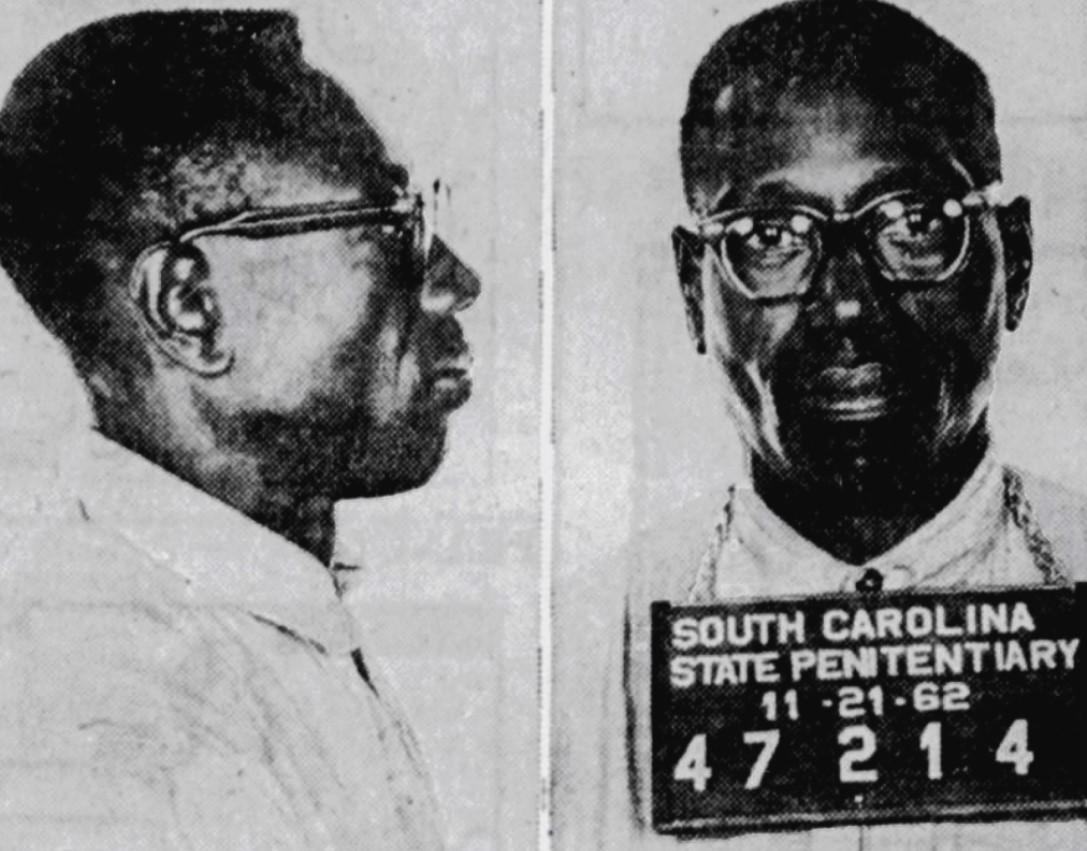
1908 - 1967
Monroe Hickson
Summary
Name:
Monroe HicksonNickname:
BluecornsYears Active:
1946Birth:
July 08, 1908Status:
DeceasedClass:
Serial KillerVictims:
4Method:
Shooting / Stabbing / BludgeoningDeath:
December 29, 1967Nationality:
USA
1908 - 1967
Monroe Hickson
Summary: Serial Killer
Name:
Monroe HicksonNickname:
BluecornsStatus:
DeceasedVictims:
4Method:
Shooting / Stabbing / BludgeoningNationality:
USABirth:
July 08, 1908Death:
December 29, 1967Years Active:
1946bio
Monroe Hickson was born on July 8, 1908, in Aiken, South Carolina. Even though he did not have a formal education, people often remarked on his intelligence. Hickson loved to read, and his favorite book was the Bible. He carried a Bible with him wherever he went and read it often.
Growing up, Hickson's passion for reading and his sharp mind set him apart from others. Despite not attending school, he managed to teach himself many things. His deep faith and regular Bible study were significant parts of his life from a young age.
murder story
In 1931, Monroe Hickson was convicted of assault with intent to kill and was sentenced to five years in prison. However, he was released early in 1933. Not long after, in 1937, Hickson was convicted again, this time for burglary and larceny, and was sentenced to one year in prison.
Hickson committed his first murder on April 17, 1946. He attacked David Garrett with an ax at Garrett's shop in Aiken, killing him. Afterward, he robbed the shop and stole a pistol. Just eleven days later, on April 28, Hickson entered a grocery store owned by Edward and Mary Bennett. Using the gun he had stolen from Garrett, he fatally shot Mary and injured Edward. Edward told the police that "a big negro shot me and robbed me" before he died from his injuries. The three murders happened so quickly that they were soon connected, and a $2,500 reward was offered for any information leading to an arrest.
On September 28, Hickson struck again, this time attacking Annie Wiseburg in her home. He stabbed and bludgeoned her to death. In October, Hickson attacked a female liquor store clerk with a brick, but she survived. He was arrested shortly after this attack. Although he was not linked to the previous crimes, he was sentenced to 20 years in prison. On October 5, 1947, Hickson managed to escape from jail but was quickly caught by police officer G. C. Johnson.
During the investigation of the Bennett murders, police learned about L.D. Harris, who had left town for Nashville, Tennessee shortly after the crimes. Harris, who could not read or write, was questioned without a lawyer, and he confessed to the murders. In January 1947, Harris went to trial. His defense argued that, aside from the confession, which they claimed was coerced, no evidence connected Harris to the crime.
Despite this, the jury found Harris guilty on all counts, and he was sentenced to death. His lawyers tried to appeal by contacting the Supreme Court of South Carolina, but they found no basis to rule that his confession was involuntary. In 1948, Harris appealed to the United States Supreme Court. They noted several factors that made his confession involuntary: Harris had not been informed of his rights, had no access to family or friends, and faced persistent pressure from authorities. As a result, in June 1949, the Supreme Court voted 5–4 to reverse Harris' sentence. Harris was then released from prison.
On August 8, 1957, Hickson was arrested after attempting to kill Lucy Hill Parker, leaving her with a serious head injury. During interrogation, Sheriff Wyman Busch noticed patterns in Hickson's movements that matched unsolved murders in the area. Hickson then confessed to committing four murders in Aiken in 1946, claiming he was drunk each time. He was sentenced to four consecutive life sentences for each of the murders.
Hickson was serving his sentence at the Manning Correctional Institution in Columbia. On March 10, 1966, he managed to escape while working in the prison's outside yard. A federal warrant was issued the next month, and Hickson was added to the FBI Ten Most Wanted Fugitives list on February 17, 1967. In 1968, a couple from Chapel Hill, North Carolina came forward with information after recognizing Hickson as a migrant farm worker named Willie Tyler, who had died on December 29. Fingerprinting later confirmed his identity.